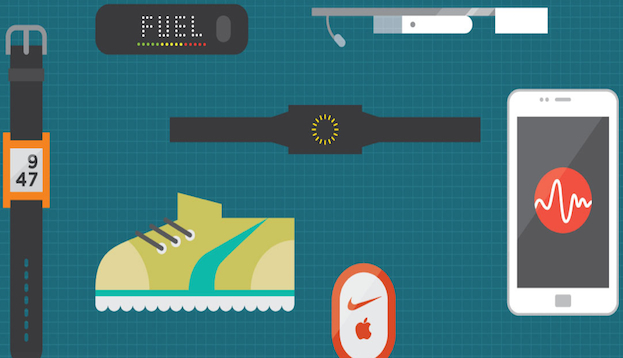Congrats Marcus Gners, Henrik Torstensson and the whole Lifesum team– $6.7 million in a first round of external financing is no small chunk of change! Investors in Lifesum are German multinational media company Bauer Media Group and SparkLabs Global Ventures.
It was one of the largest funding rounds for a mobile startup company in Europe so far this year. Finnish company Next Games, with CEO Teemu Huuhtanen, are among the others which recently raised $6 million.
You may have heard of Lifesum in its early days when it was still called ShapeUp Club.
I had skyped with its founders Tove Westlund and Martin Wählby in Sweden over two years ago and I remember being impressed by how many users they had amassed with their bootstrap approach and the potential to monetize the app and grow beyond the base in Sweden.
I then had the opportunity to meet the team in person a few months ago in Stockholm after CEO Henrik Torstensson and deputy CEO Marcus Gners had joined and was again very impressed by their dedication and focus.
The funding for Lifesum should be seen in the light of the rise of the The Quantified Self Movement, a growing cause to incorporate technology into data acquisition on aspects of a person’s daily life in terms of inputs (such as food consumed), states (like blood oxygen levels), and performance (both mental and physical). It is also referred to as “Lifelogging” and includes self-monitoring and self-sensing combining wearable sensors and computing like those found in a smartphone. Some other examples of this movement includes apps such as SleepCycle, Nike Fuelband and RescueTime which is a productivity app.
The Quantified Self movement and the hardware and software that go along with it have successfully taken a lot of cues from the gaming industry. Many on the management team at Lifesum have experience working in gaming companies, such as Stardoll.
On the console gaming side, there are cameras like Microsoft Kinect, which have the capability to accurately track body movements, heart rate and more, which allows online fitness and gaming will be able to merge like never before.
On the mobile side, the key to success for Lifesum, as well as for many of the other Quantified Self apps out there, is to make it fun for the user as well as giving clear rewards for inputting as much data as possible using smartphone functionalities such as a GPS. The ultimate goal is to get the user to keep checking the app to see progress towards certain goals such as weight loss. Those rewards can be virtual like online trophies, but also social, like posting to your Facebook timeline to get recognition from your peers.
Lifesum has been very successful with more than 6.5 million app downloads across Europe on iOS and Android to date– but it’s not all fun and games. The long-term success for Lifesum will depend on its ability to build a brand, showing that it has real positive impact on its users’ everyday lives and turn users of the free app into premium users with a paid subscription.
There is a lot more to come in this exciting field which combines consumer electronics, digital media and technology.
If you want to find out more, the best way is to download and try it out for yourself. Lifesum’s app can be found here for iOS.
Image Source: The Connectivist

